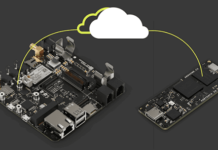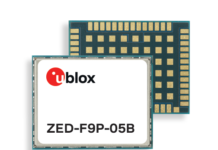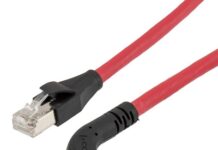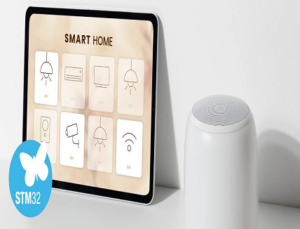
ST is launching the NUCLEO-WB15CC, its newest entry-level development board for Bluetooth 5.2 applications running on the STM32WB15CC microcontroller. On top of offering a more cost-effective solution, it also comes with a touch-sensing controller. The peripheral facilitates the integration of a capacitive touch surface to make interfaces more interactive. It’s the first time in the history of the STM32WB that the feature integrates a UFQFPN48 package. Previously, customers had to choose a WLCSP100, UFBGA129, or VFQFPN68 device if they wanted the touch-sensing functionality. By offering the controller on a cost-effective Nucleo board, ST aims to make it more accessible. Developers can check out our Wiki to get an overview of its capabilities and a list of technical documents.
NUCLEO-WB15CC and the Growing STM32WB Ecosystem
The NUCLEO-WB15CC is highly symbolic because it represents another building block on the now substantial STM32WB ecosystem. It is astonishing that despite launching in 2019, the STM32WB series remains the only dual-core MCU in the industry with an Arm Cortex-M4 for the applicative code, a Cortex-M0+ for the wireless communication, a radio, and a stack certified for Bluetooth LE 5.2, and more, depending on the model.
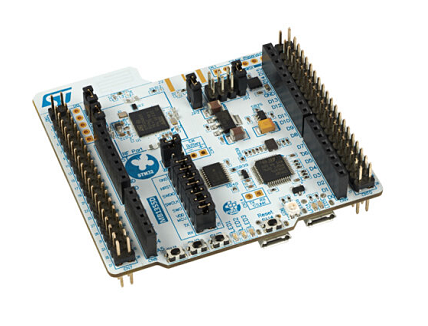
As years passed, ST released the STM32WB35 and STM32WB30 to help developers with smaller applications. We then followed with the STM32WB15 and STM32WB10 Value Line. Moreover, each step of the way, we ensured developers would get development boards with the MCU most relevant to them. In a nutshell, the STM32WB family is a testament to our desire to make Bluetooth Low Energy applications more accessible.
NUCLEO-WB15CC and a Faster Time to Market
The new board follows in that proud tradition by offering 320 KB of Flash, 48 KB of RAM, and fewer peripherals to suit engineers working on simpler applications. Moreover, the MCU focuses on Bluetooth LE 5.2, and ST provides a certified stack, which will help when dealing with regulatory agencies to reduce a product’s time to market. Engineers can power the device through the USB VBUS, the ST-LINK, or by soldering a CR2032 battery socket. We also ship a pre-flashed firmware to enable users to start using the board with ST’s BLE Sensor mobile application.
For more information visit ST Blog.



